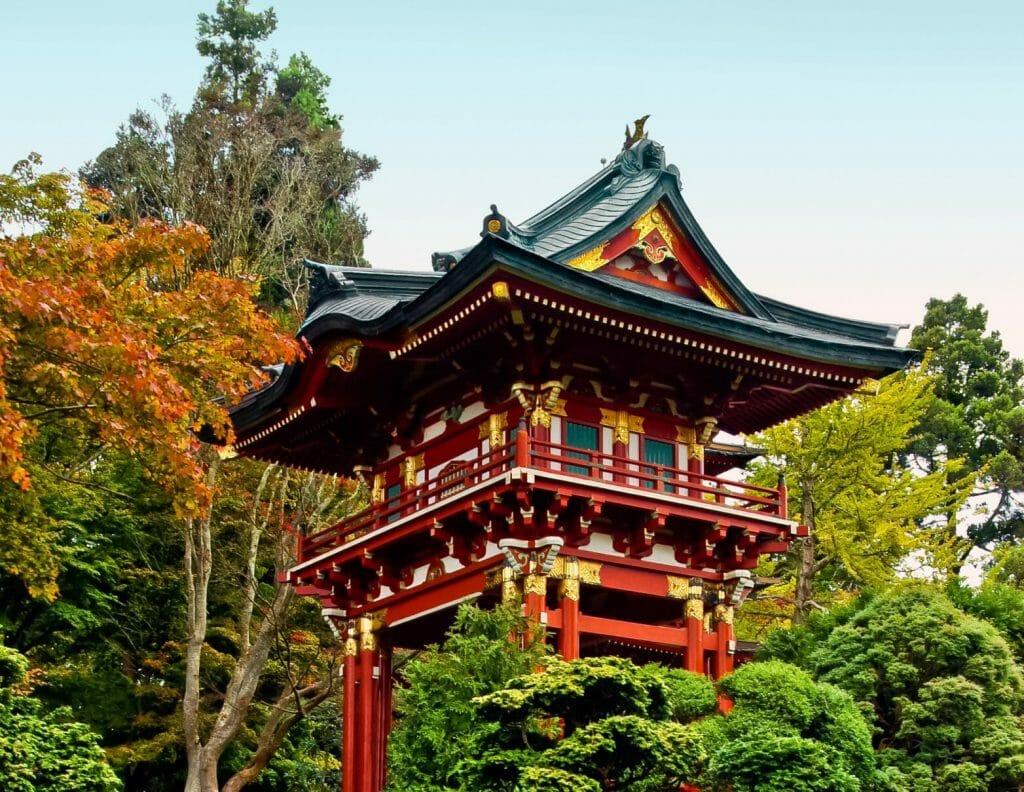
History of matcha tea
Japanese matcha tea, the beginning…
Japanese matcha tea history goes way back; in fact, green tea discovery first goes back to 2737 B.C, in China. The discovery actually occurred accidentally. The Chinese Emperor; Shennong was drinking boiled water which had a dead tea leaf in it. The emperor found this new beverage very refreshing and had it created.
This exciting green tea product was first brought into Japan in 805 A.D by Buddhist monks Saicho and Kukai. Interestingly, in 1191 AD another Buddhist monk named Eisai had been studying in China. Eisai had begun to write papers and promote the health benefits of green tea. At this time, tea was considered a special medicine and the flavour was quite bitter.
The way of tea
Whilst popularity for green tea was on the rise, many Japanese farmers began growing green tea across Uji, Kyoto. Today, Uji is famously known as the ‘Town of Matcha’. By the 16th century matcha green tea had grown significantly. Farmers had improved production methods. Shade growing matcha was implemented which improved taste and aroma. This also helped to avoid the breakdown of amino acids caused by the exposure to direct sunlight.
The Japanese tea ceremony, known as, ‘The Way of Tea’, or ‘Cha Dao’ in Chinese tea culture was created in the late 16th Century. This cultural practice involved the ceremonial matcha preparation and presentation of the powdered green tea.
High quality Japanese matcha tea would be shared and enjoyed. Rules of the ceremony suggested that matcha tea should be served with confectionary. It is thought that some matcha still had a bitter taste at this time. However, when fertilisation and shading techniques were enhanced further, the tea became less bitter.
Matcha production methods enhanced
Production methods continued to be developed and in 1738, Soen Nagatani came up with a new process of steam drying tea leaves. As a result, this new process became known as the Uji method, since it was developed in Ujitawara, Kyoto.
By 1841 the production methods for matcha and gyokuro (another high grade Japanese green tea) were mastered. Shigeiyuro Eguchi in Ogura area of Uji, Kyoto perfected what is known as the gyokuro processing method. To clarify, this method was based on the same that were used to process Japanese sencha tea. The tea leaves used for gyokuro were the same as those used for matcha. This method resulted in fresh and full flavoured green tea. It very quickly became the industry standard for matcha tea production which is still used today.
If you are interested in learning more about the complex productions steps to making matcha, please read our article.